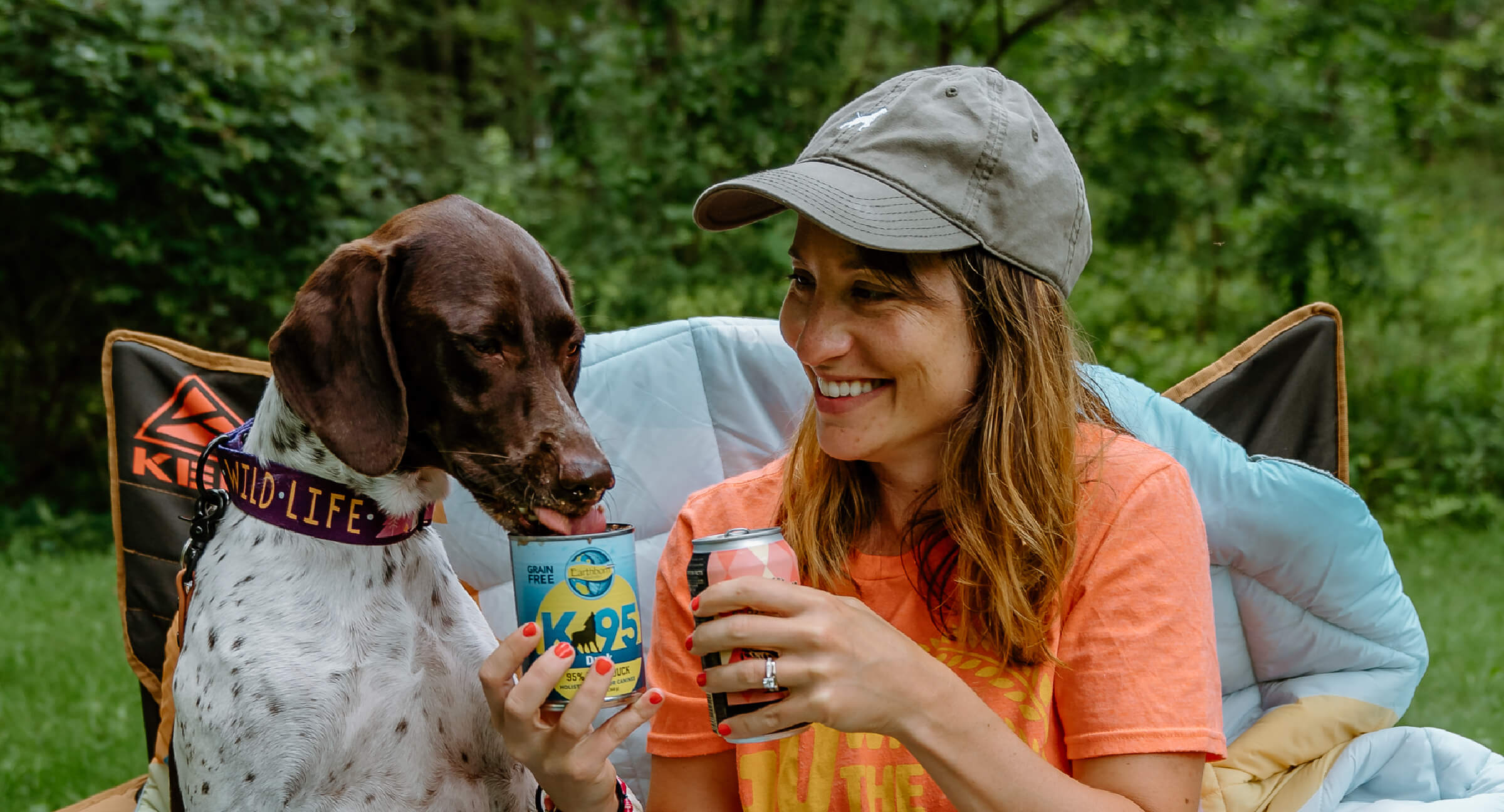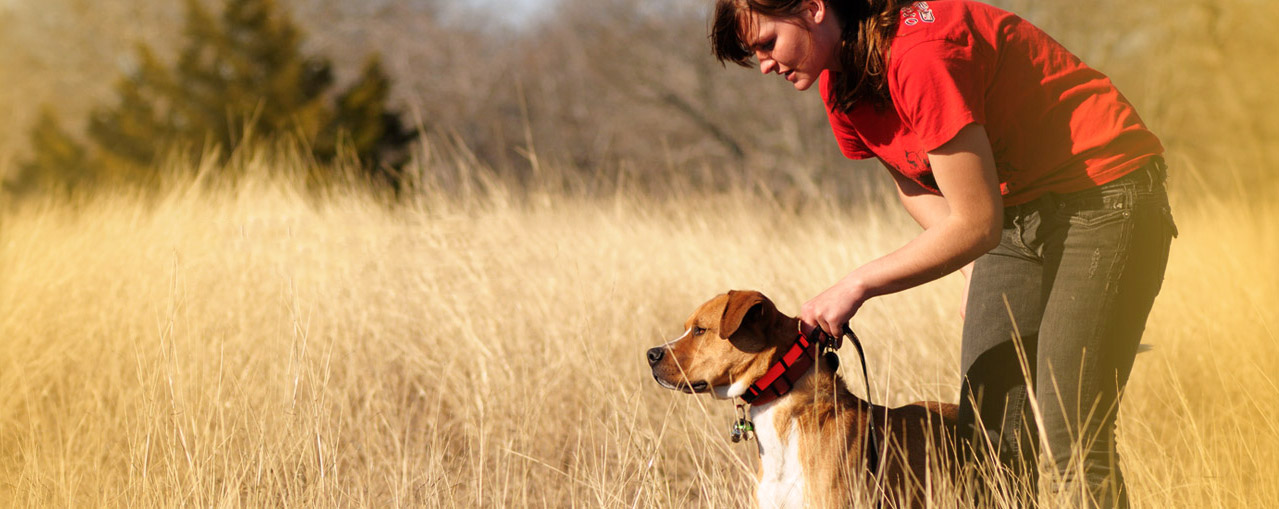Discover the Leading Mistakes to Prevent in Dog Training
Discover the Leading Mistakes to Prevent in Dog Training
Blog Article
Vital Tips for Successful Dog Training: A Guide for Pet Owners
Efficient dog training is a diverse procedure that requires a strategic strategy tailored to both the pet's temperament and the proprietor's objectives. Recognizing how to browse these barriers can considerably enhance the training experience, eventually transforming the connection in between owner and pet.
Comprehending Canine Habits
Understanding canine behavior is essential for effective training and cultivating a harmonious connection between canines and their owners. Pets communicate primarily via body movement, articulations, and actions, making it critical for owners to interpret these signals properly. Recognizing a pet dog's stance, tail position, and ear alignment can offer understandings right into its emotional state. A wagging tail does not constantly indicate joy; it can likewise signal enjoyment or anxiousness.

Socializing plays a significant role in pet actions; direct exposure to different settings, individuals, and various other animals can dramatically affect a canine's temperament. Moreover, aspects such as type attributes and private temperament must lead training methods, as some types may have certain behavior qualities that necessitate customized strategies. By recognizing these aspects, owners can develop a helpful environment that motivates positive actions, causing successful training results and a deeper bond with their family pets.
Developing Constant Commands
Efficient communication with your pet starts with establishing consistent commands. This foundational element of training is critical for promoting understanding in between you and your animal. Consistency in the commands you make use of makes certain that your dog can accurately connect specific words or phrases with the wanted habits.
When choosing commands, select clear, unique words that are easy to set apart and say from one an additional. Prevent making use of similar-sounding commands that might perplex your pet. Making use of "rest" and "remain" is ideal, however "sit" and "hit" might lead to misunderstandings.
Furthermore, maintain the same tone and volume for each and every command. Pets are sensitive to vocal hints, so varying your tone can produce complication.
It is similarly crucial to make sure that all family members get on the very same web page pertaining to the commands made use of. A united front in command usage will protect against mixed signals and reinforce the learning procedure.
Positive Reinforcement Techniques
The power of positive reinforcement in pet training hinges on its capacity to motivate preferred behaviors via benefits and praise. This strategy is grounded in the concept that behaviors followed by favorable results are most likely to be repeated. By integrating positive reinforcement into your training routine, you can effectively form your canine's habits in a constructive way.
To execute favorable support, it's important to determine what inspires your pet dog, whether it be deals with, toys, or spoken praise. When your pet executes a desired action, such as resting on command, quickly reward them with a treat or affection. This organization in between the command and the positive result enhances their understanding.
It's essential to timing the rewards properly; supplying the support within seconds of the wanted actions assists your dog make the connection (dog training). Additionally, uniformity is key-- make sure that all member of the family utilize the same commands and benefit systems to stay clear of complication

Gradually, you can minimize the regularity of deals with as your dog learns the habits, transitioning to applaud or recurring rewards. This method not only promotes a strong bond between you and your dog but likewise promotes a favorable knowing atmosphere, making training a delightful experience for both.
Socialization and Communication
Continually exposing your canine to a range of atmospheres, people, and other pets is essential for their social advancement. Socialization ought to begin early, ideally throughout the vital home window of 3 to 14 weeks, when young puppies are most receptive to brand-new experiences. Nonetheless, older dogs can additionally take advantage of continuous socializing initiatives.
Introduce your canine to different settings, such as parks, pet-friendly stores, and city locations. This direct exposure assists them adapt to various stimulations, reducing anxiety and anxiety feedbacks. Motivate positive interactions with various other canines and people, ensuring that these experiences are controlled and secure to promote confidence.
Utilize organized playdates with courteous dogs, as this can improve your canine's social abilities and teach them appropriate habits. Obedience classes and training sessions likewise provide exceptional opportunities for socializing, enabling your Clicking Here pet to communicate with others in a monitored atmosphere.
Screen your canine's body movement during communications, as this will assist you evaluate their convenience level. Slowly raise exposure to even more difficult situations while making certain that each experience declares. A well-socialized pet dog is more probable to display well balanced official statement behavior, making them a happiness to have in any kind of setting.
Dealing With Typical Training Challenges
Every canine proprietor will certainly encounter training difficulties at some point, no matter their pet's age or socializing degree. Determining common problems such as stubbornness, diversions, and terror can help in establishing effective techniques for enhancement.

Diversions throughout training sessions can hinder emphasis. To fight this, start training in a quiet atmosphere with very little stimuli. Slowly introduce interruptions as the pet dog becomes more skilled in commands. Short, regular training sessions are also effective in maintaining focus.
Fearfulness can impede a pet dog's knowing process. Steady desensitization to the resource of worry, paired with favorable support, can assist ease stress and anxiety. Patience is critical; never force a pet into a situation that creates distress, as this might exacerbate the concern.
Eventually, understanding and addressing these typical difficulties with an organized approach will promote a much more effective training experience, enhancing the bond between dog and owner while advertising efficient knowing.
Final Thought
In summary, effective canine training depends on a detailed understanding of canine behavior, the facility of regular commands, and the application of positive reinforcement strategies. Socialization plays a crucial function in creating well-adjusted pets, while addressing usual training challenges calls for persistence and adaptability. By carrying out these vital approaches, animal proprietors can cultivate a solid bond with their pet dogs and advertise desirable habits, inevitably bring about a harmonious connection in between humans and their canine buddies.
Recognizing pet habits right here is vital for reliable training and fostering a harmonious connection in between pooches and their owners.Socialization plays a considerable function in pet actions; exposure to numerous settings, people, and other animals can considerably affect a pet dog's temperament.The power of positive reinforcement in dog training lies in its ability to urge desired behaviors with benefits and praise. By integrating positive support into your training regimen, you can efficiently shape your canine's behavior in a positive fashion.
In recap, effective pet training depends on a thorough understanding of canine habits, the establishment of constant commands, and the application of positive support techniques.
Report this page